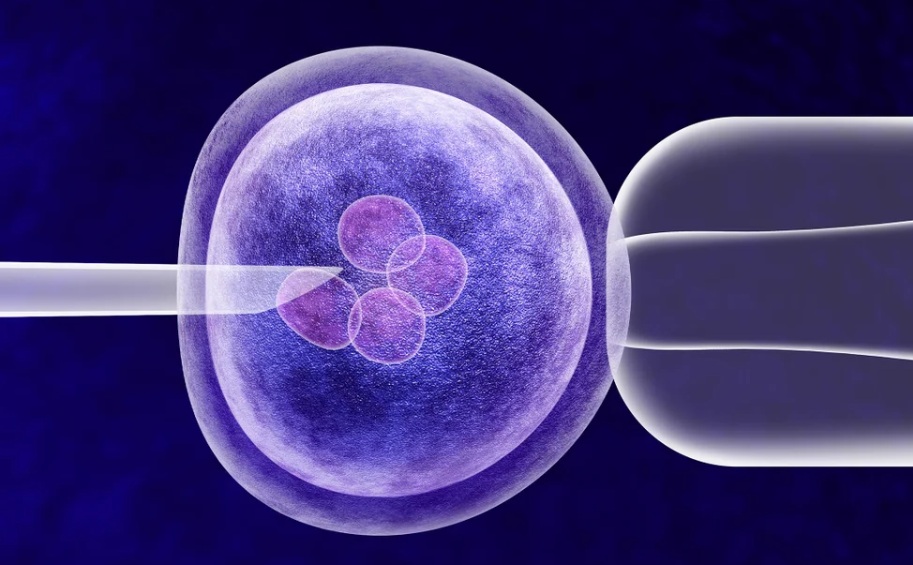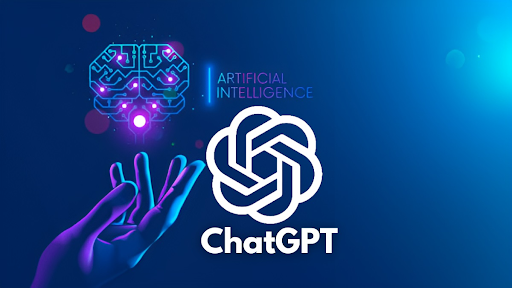
New Delhi, July 18 : British scientists have announced a significant medical advance: eight healthy babies have been born without mitochondrial disease using a technique known as “three-person IVF” or mitochondrial donation. This sophisticated procedure was developed to prevent the transmission of hereditary mitochondrial disorders, which can lead to severe organ failure, seizures, and premature death.
How the “Medical Marvel” Works
The three-person IVF technique combines the nuclear DNA from both parents with healthy mitochondria from a donor egg. Mitochondria are the “powerhouses” of cells, and when they are defective, they can cause a range of debilitating conditions. By replacing the faulty mitochondria with healthy ones from a donor, the method aims to eliminate these severe, multisystem diseases before they can begin.
The process involves transferring the pronuclei (containing parental nuclear DNA) from a fertilized egg into a donor egg that has had its nucleus removed but retains its healthy mitochondria. The resulting embryo has the genetic traits of the parents and the healthy mitochondria from the donor. This method is particularly useful when standard pre-implantation genetic testing (PGT) isn’t sufficient because all of a woman’s eggs carry damaging mitochondrial mutations.
It’s important to note that the donor’s contribution to the baby’s DNA is minimal—only 0.02–0.1% of the baby’s approximately 20,000 genes come from the donor, as mitochondria have their own small genome of just 37 genes. This is insufficient to influence traits like appearance or personality.
Clinical Success and Results

The groundbreaking procedure was carried out at Newcastle University’s fertility center under a strict license from the Human Fertilisation and and Embryology Authority (HFEA). It involved 22 women identified as high-risk for passing on mitochondrial disorders.
Key findings from the study, published in the New England Journal of Medicine, include:
Successful Births: Seven pregnancies resulted in eight infants—four boys and four girls, including one set of twins. There is also one additional ongoing pregnancy.
Disease-Free: None of the babies show signs of mitochondrial disease. Five had no detectable mutated mitochondria, while three had very low levels (5–16%), well below the 80% threshold typically needed to cause clinical symptoms.
Normal Development: All babies are meeting their developmental milestones and are growing normally. Three infants had minor, treatable health issues, none of which were linked to mitochondrial causes.
These results reinforce the method as a safe and effective option for families facing mitochondrial disorders.
Regulatory Oversight and Future Considerations
Britain made history in 2015 by becoming the first country to legalize mitochondrial donation. The UK’s HFEA has overseen its implementation since 2017, initially restricting the procedure to a single clinic. Each case is individually reviewed, with approval granted only to women deemed at high genetic risk. As of July 2025, approximately 35 patients have been approved by the HFEA to undergo the therapy.
While this pioneering treatment offers significant hope, experts, including bioethicists and reproductive scientists, advise caution and emphasize the need for continued monitoring. This is particularly crucial because mitochondrial DNA changes are heritable, meaning girls born via this method will pass the donor mitochondria to their own children. One advocate, whose child passed away from a mitochondrial disease, also highlighted the profound hope this breakthrough offers.





